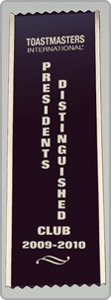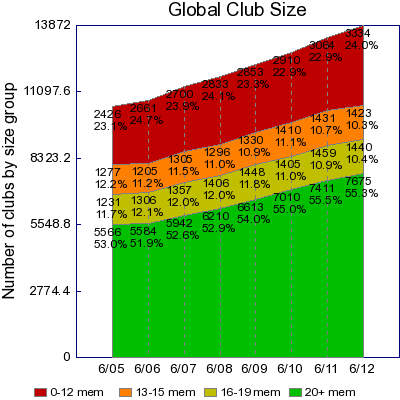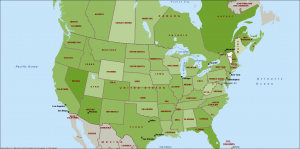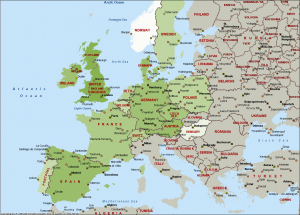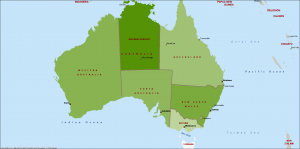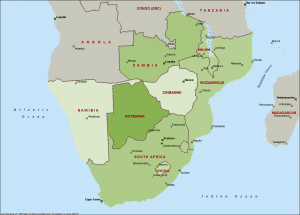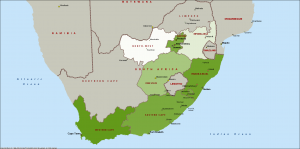 By now, most district leaders have probably heard about the new Distinguished District recognition program (DDP). It goes into effect July 1, 2012, and basically does two things:
By now, most district leaders have probably heard about the new Distinguished District recognition program (DDP). It goes into effect July 1, 2012, and basically does two things:
- Eliminates the competitiveness; every district can be President’s Distinguished, or Select Distinguished. The objectives to meet those recognition levels are set for each district independently, as percentages based on the district size.
- Replaces the CC and AC critical success factors with Distinguished Clubs (and also eliminates the other point-accumulating goals of Distinguished Areas and leadership education awards). Note that these education award goals are already in the Distinguished Club Program (which is unchanged), six of the ten DCP goals are education awards.
Here’s the breakdown of the new DDP goals. The old qualifying requirements of completing and filing a District Success Plan Matrix and training at least 85% of Area and Division Governors by Sept. 30 are unchanged.
- Club growth (July 1 base to June 30 end of year) of 3% to be Distinguished, 5% to be Select, 8% to be President’s. 3% is the same goal as past years to be Distinguished.
- Membership payments growth (July 1 to June 30 as well) of 3% to be Distinguished, 5% to be Select, 8% to be President’s. In the old program (still in effect this year and next), this goal is 2%, so this is an increase, but now it’s consistent with the club goal.
- Distinguished clubs (as of June 30, as a percent of the club base) of 40% to be Distinguished, 45% to be Select, 50% to be President’s. In the old program, districts began accumulating points at the 30% threshold, topping out at 75%.
To reach any of the three recognition levels, the district must meet all three goals! A shortfall in one goal is not made up by an excess in another goal.
How will this affect your district? You can find out right now: http://mikeraffety.com/NewDist.html
Here’s what you’re looking at:
Each district has one row (hover the mouse on the district number to see where it is located). There are six groups of columns, one for each year from 2004-05 through 2009-10 (the year just completed). In each group, you see the three goals with how the district did each year (the percentage goals from above are repeated in the column heading for easy reference). If the goal was missed, it’s shaded in light red.
The district recognition status in the old and new programs is also listed for each year, “D”istinguished, “S”elect, “P”resident’s (or blank if not). The ranking is also given as the small number after the letter. Note that I invented a possible new program ranking, there is no published ranking system for the new program! So that’s quite unofficial and subject to change.
There are also some totals down at the bottom. If the total distinguished districts looks a little small, that’s OK, because in the past, districts didn’t focus on distinguished clubs as much. As that becomes a factor equal in importance to clubs and membership payments, the added emphasis will bring those numbers up; people manage to the goals you set for them. If you want to plan ahead to be distinguished in 2012-13 (and later), focus on improving DCP performance, it will take more than one year to make a significant change. (Over 80% of the clubs in D85-China were distinguished last year!)
It’s fully expected that future boards will review performance against these percentages and increase them periodically. Hopefully, every district will reach 50% or more distinguished clubs soon, and then those thresholds can be adjusted upwards. Remember how practically every district always hits the old AC goal, sometimes doubling or tripling it? When a goal is reached consistently, it’s time to raise the goal, to keep stretching and getting better.
The number of consecutive years each district has been distinguished (as of 2009-10) is listed on the right (“DY”), and just three districts have been distinguished for six (or maybe more!) years: 59-Continental Europe, 71-Britain/Ireland, and 79-Middle East. Sort of a “double Excellence in Leadership”, very impressive!


